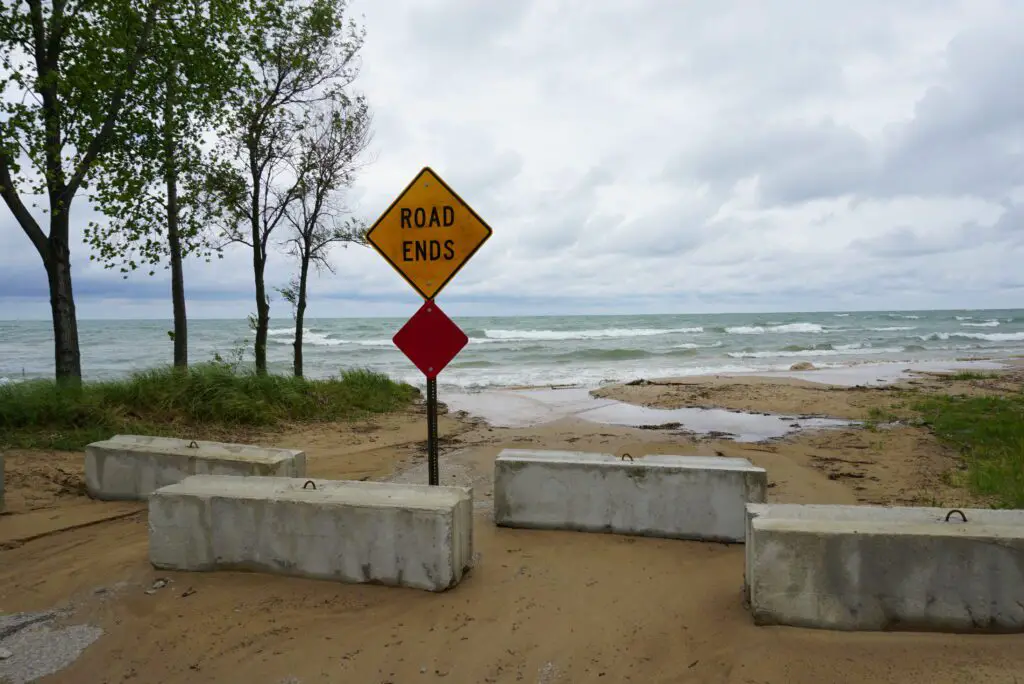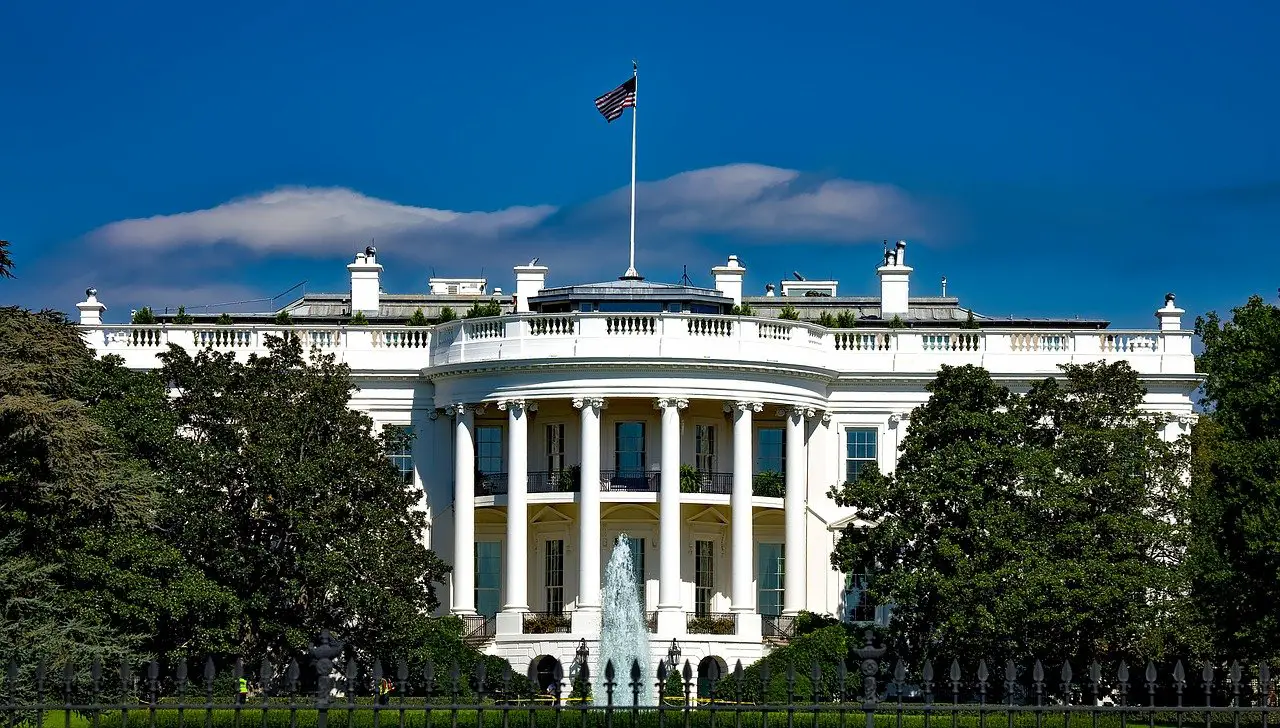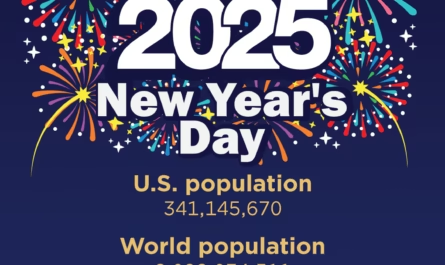On Friday, January 1, 2021, President Trump signed into law S. 3418, “Safeguarding Tomorrow through Ongoing Risk Mitigation Act” or the “STORM Act.” The law authorizes the Federal Emergency Management Agency to provide capital grants to States to establish revolving funds to provide hazard mitigation assistance to reduce risks from disasters and natural hazards. The bill targets communities along the Great Lakes impacted by high lake levels over the past two years.
The Bill Will Being Relief For Shoreline Communities Affected By High Great Lake Water Levels

Back in March, Michigan Senator Gary Peters (D-MI) and Ron Johnson (R-WI), Ranking Member and Chairman of the Homeland Security and Governmental Affairs Committee introduced bipartisan legislation to provide support for local communities facing rising water levels, coastal erosion, and flooding that have put homes and property at risk, and caused millions of dollars in damages.
During 2020 the Great Lakes experienced record high-water levels, and communities in Michigan and Wisconsin continue to face serious shoreline erosion challenges that have destroyed homes and beaches and have even forced residents to relocate. Senators Peters’ and Johnson’s bipartisan bill established loans that local governments could access to help mitigate the impact of rising water levels, coastal erosion, and other damage caused by natural disasters in a more cost-effective way. Studies have shown that resilience and mitigation spending saves taxpayers more than $6 for every dollar invested.
Unlike existing FEMA grants, these low-interest loans would allow local governments to invest in resiliency and mitigation projects to reduce life and property loss, the cost of insurance, and disaster recovery payments. These loans would reach the communities more quickly than FEMA’s traditional grants and provide local communities with the capital necessary to invest in more resilient infrastructure.
The Army Corps of Engineers expected the Great Lakes to hit record-high water levels in 2020, which intensify the impacts of high winds and contribute to shoreline erosion. Along the Great Lakes, rising water levels have flooded campgrounds and streets, caused boating problems due to submerged structures, and destroyed several beaches and homes. These disasters often cause long-term economic, social, and environmental effects for states and communities, including deaths, injuries, property destruction, and an increased burden on taxpayers. FEMA programs cannot assist with projects related to sustained high water levels and long-term shoreline erosion. The STORM Act will ensure that communities facing these hazards are eligible for loans to fund such mitigation projects.
Thumbwind continues to monitor Great Lakes ice coverage and Great Lakes water levels on the website.
Related Reading on Great Lakes Water Levels
Discover more from Thumbwind
Subscribe to get the latest posts sent to your email.





